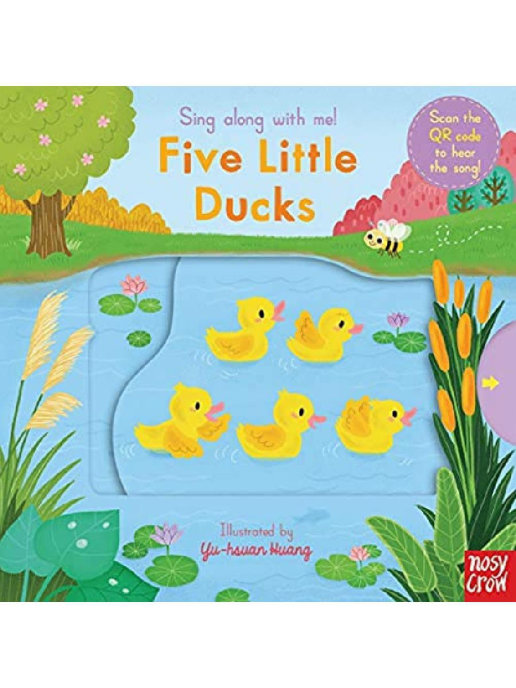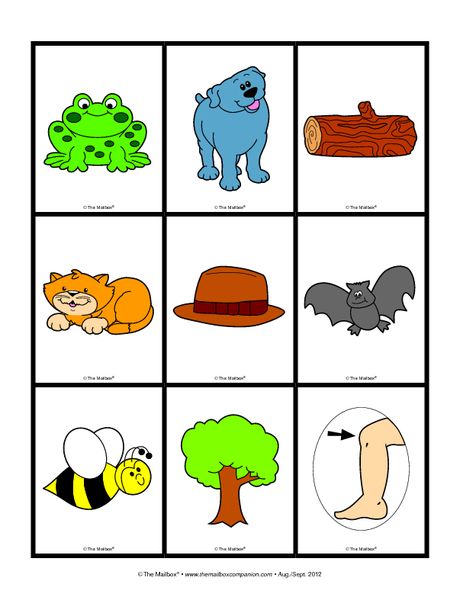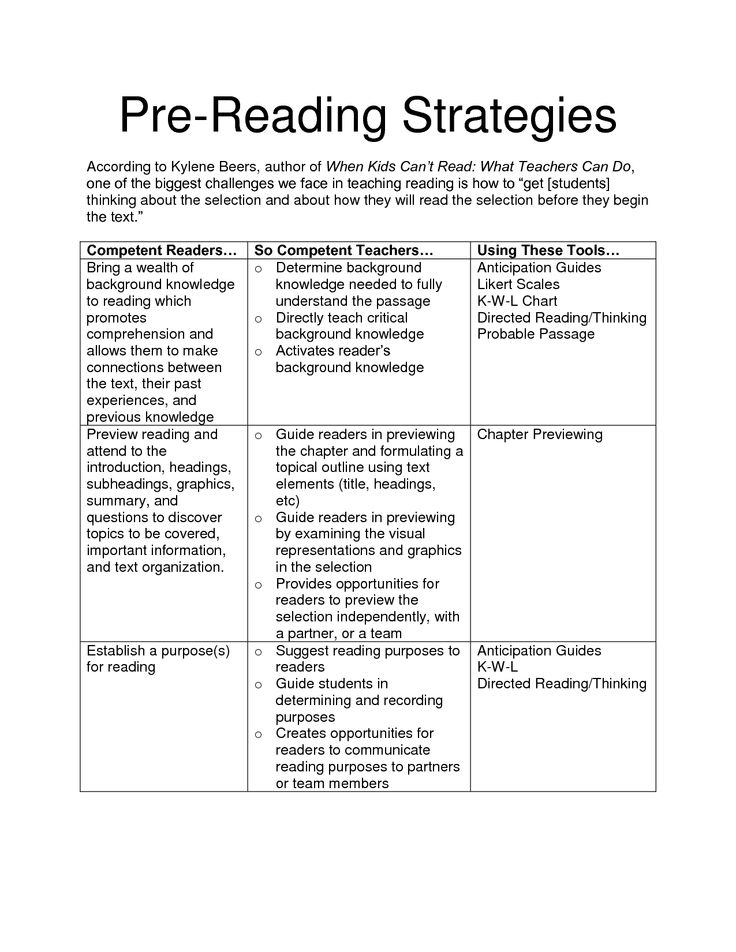What do ducks and geese like to eat
Don't feed ducks and geese bread; you're making them sick
Feeding bread to ducks and geese is a childhood rite of passage, but it's one we should leave to generations past.
What may seem like a fun and harmless pastime is actually bad for waterfowl, because the bread and crackers we love to feed them is essentially junk food — high in carbohydrates, low in protein and lacking the nutrients they would get in their natural diet, according to the Wildlife Center of Virginia.
And just like humans who eat too much junk food, ducks and geese can suffer dire consequences when they eat too much bread and not enough of the natural grains, aquatic plants, insects and other small invertebrates they would feast on if we didn't so love feeding them bread.
A condition among waterfowl called angel wing may be caused by an improper diet. In ducks and geese with angel wing, their wings become deformed because the carpal joint grows incorrectly, leading the wing to stick out from the birds' side rather than lay flush, according to the Peggy Notebaert Nature Museum. Birds with angel wing can't fly, and their flight feathers also grow improperly.
In adult birds, angel wing is irreversible and can be fatal because the birds can't easily fly to their food sources. They also are often rejected from their flocks, according to the nature museum. When the condition develops in young birds, it can sometimes be cured with drastic changes in their diets.
In addition to angel wing, birds that don't eat enough calcium — which can happen when they eat too much bread — can develop metabolic bone disease, causing soft bones and joints that can break and become deformed, according to the Wildlife Center of Virginia. Birds with metabolic bone disease often cannot fly, leaving them dependent on bread and food offered by people. And because they are too weak to compete with other birds for food, they often get attacked by other ducks and geese.
SUBSCRIBE TO OUR YOUTUBE CHANNEL
Beyond these health conditions, feeding waterfowl bread poses other problems as well. To start, because bread expands when it is wet, it makes the birds feel full, causing them to stop foraging for foods they would normally eat, which provide better nutrition.
To start, because bread expands when it is wet, it makes the birds feel full, causing them to stop foraging for foods they would normally eat, which provide better nutrition.
When humans regularly supplement the birds' natural food supply, it can also cause the ponds and other habitats where the flocks live to become overcrowded, the Wildlife Center reports. This overcrowding can cause competition for food sources, leaving weaker birds vulnerable. These high populations can also lead to aggression among males competing for females during breeding season, which in turn can cause abnormal nesting patterns.
Furthermore, overpopulation can increase the likelihood of disease outbreaks, such as botulism, duck plague, and aspergillosis, a fungal infection. And when too many people offer bread and other human foods, the food supply may be too great, causing other animals such as rats, opossums and raccoons to move in and feast on the leftovers.
The truth is, ducks and geese don't need our help to eat well. In fact, they'd be eating more nutritiously if we didn't intervene. Allowing them to eat their natural diet is better both for them and the environment, the Wildlife Center advises.
In fact, they'd be eating more nutritiously if we didn't intervene. Allowing them to eat their natural diet is better both for them and the environment, the Wildlife Center advises.
So what should you do if you can't resist the urge to feed the ducks and geese? To start, skip the bread, crackers and chips. Instead, focus on foods that are close to their regular diet. Consider chopping up greens such as kale and collards. Even dandelions are a healthy choice, as long as they come from an area not treated with pesticides. Ducks and geese also eat a lot of insects, so feeding them mealworms or freeze-dried crickets mimics their natural food choices.
Other good options include barley, oats, birdseed, cracked corn, vegetable peels and chopped-up grapes that have been diced into pieces, One Kind Planet advises. It's important to chop grapes into small pieces as they can be a choking hazard otherwise.
One word of caution for those who would like to feed the ducks and geese even more healthful, appropriate foods: Feeding wildlife is illegal in many areas, including on Forest Preserve District properties.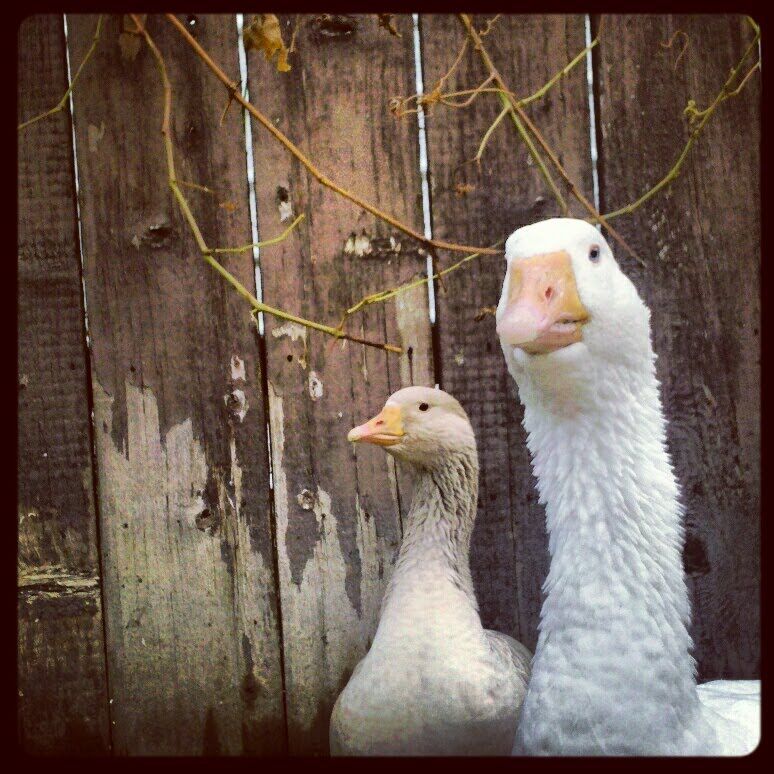 The District's General Use Ordinance prohibits feeding any wildlife in the preserves, and violators can be issued citations and be fined between $25 and $100.
The District's General Use Ordinance prohibits feeding any wildlife in the preserves, and violators can be issued citations and be fined between $25 and $100.
Duck Feeding Guide – How to Feed Wild Ducks & Geese Responsibly
It's never to young to start feeding the ducks with careful supervision, safety first and a clear understanding that they can peck HARD!
If you’re looking for outdoor activity ideas to encourage your children to love animals you can’t go far wrong with feeding wild ducks at your local lake or park.
One of the first nature encounters that many toddlers and children experience is feeding bread to the ducks. It’s a brilliant way to spark their interest in birds, nature and wildlife.
You don’t need to live in the country and it’s a great outdoor activity for all the family, whatever the weather.
But is it good for the birds and what do ducks eat?
The joy of duck feeding! Muscovys at Hackthorne, Lincolnshire
Did you know that bread can be bad for birds and the water they live in? (we’re feeding duck seed in these photos)
What do wild ducks eat?
In the wild the natural diet of ducks and geese is pond weed and other aquatic vegetation as well as seeds, small insects and worms and small water snails.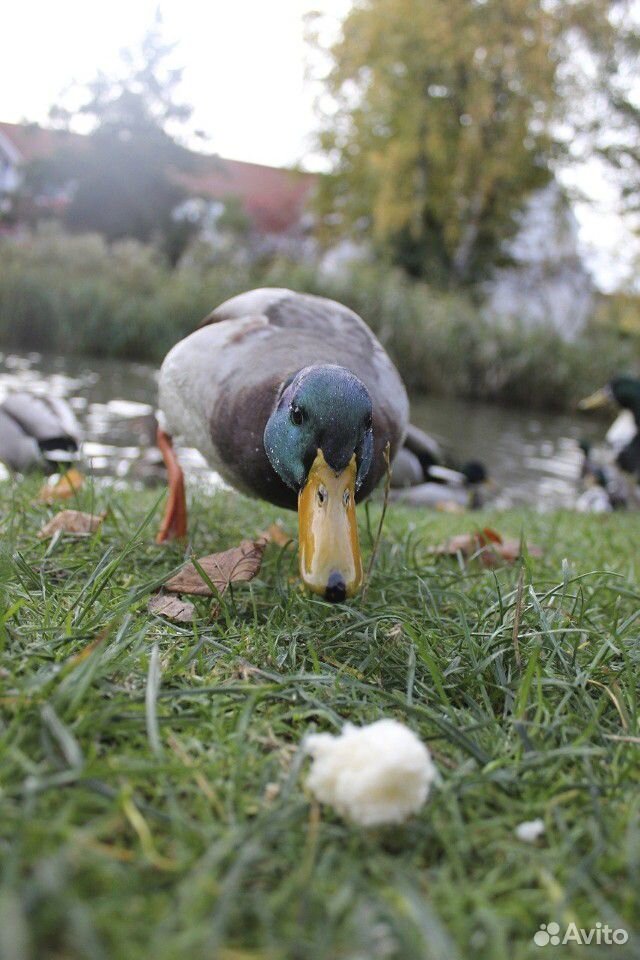 Larger birds will even eat amphibians and crustaceans like crayfish!
Larger birds will even eat amphibians and crustaceans like crayfish!
Is bread really bad for ducks?
I first learnt that bread can be bad for ducks and geese in 2011 (Caroline was under two!) when ‘No Bread-Feeding’ signs appeared on the bank of a local lake and the visitor centre started selling wild bird seed in paper bags.
It seemed like a money-making ploy on behalf of the park but in fact proved to be a worthy conservation exercise.
The sign explains all.
Too much bread really is bad for ducks, geese, swans, watercourses and all wild birds.
Why is bread bad for ducks?
Bread offers poor nutrition to birds, it can reduce their natural behaviour and creates water pollution.
-
-
- Bread, particularly white bread, offers unbalanced nutrition and insufficient calories in winter
- It may make birds feel full when they haven’t actually eaten enough causing malnourishment
- It may affect their behaviour, reducing natural foraging for the right food
- Overfeeding can result in rotten bread creating bacteria and algae that pollute the water, poisoning birds and aquatic life
-
Read on to find out what to feed ducks instead of bread.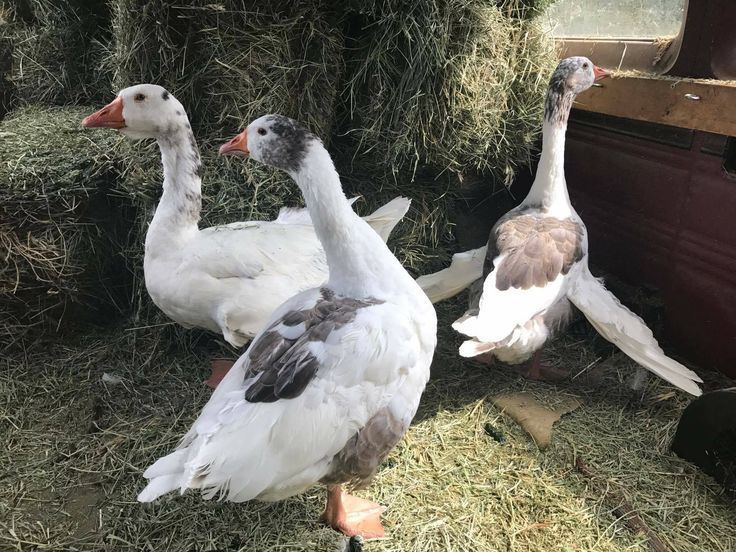 It turns out that there are lots of things that are much better for them.
It turns out that there are lots of things that are much better for them.
What to feed ducks responsibly
If your local park doesn’t sell seed, what can ducks eat safely instead of bread?
The Canal and River Trust recommend these foods for wild ducks: –
-
-
- Sweetcorn, tinned, fresh or frozen (defrosted first)
- Lettuce, ripped up
- Frozen peas, defrosted
- Oats, flapjacks and instant porridge oats
- Seeds from the pet shop or supermarket
- Rice, cooked or uncooked
- QuackSnacks – responsible, convenient wild duck pellets
-
NB Seeds don’t always float so scatter on the ground or in shallow water within swans’ reach.
For more information download their duck guide and see links at the bottom of the page on what food to buy.
Try environmentally friendly QuackSnacks
Another great option is Quacksnacks.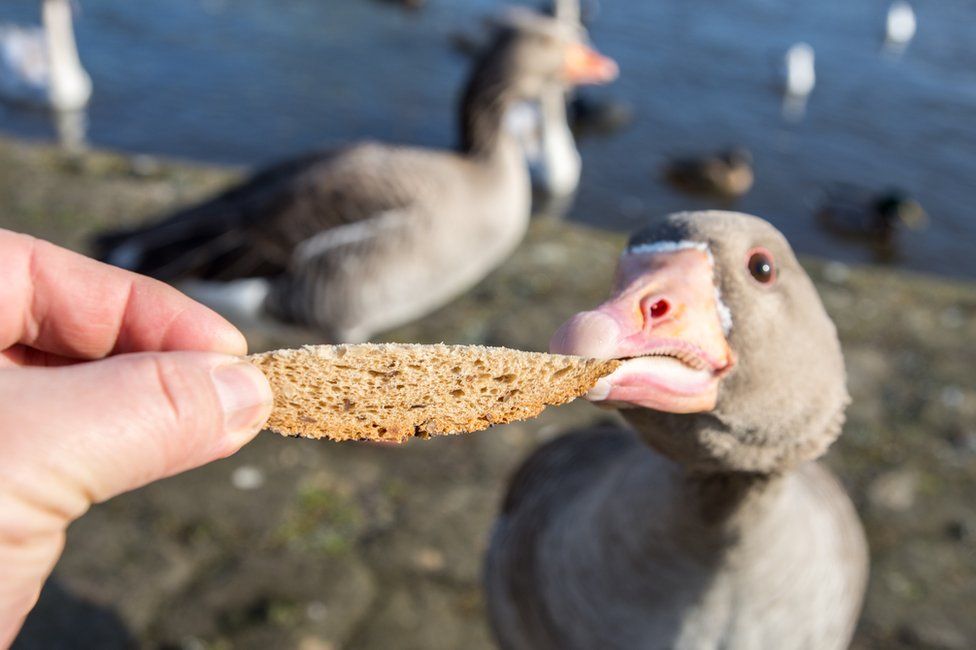 I recently discovered them through The Canal and River Trust and love their child-sized packs of wild duck pellets, delivered direct to your door.
I recently discovered them through The Canal and River Trust and love their child-sized packs of wild duck pellets, delivered direct to your door.
QuackSnacks provide balanced nutrition combining wheat, maize, soya, fish meal, vegetable oil, vitamins & minerals which ducks and geese seem to love.
Quacksnacks reduce plastic waste
Even better, Quacksnacks are attempting to reduce plastic waste with new packaging. Kids of the Wild got to try them out first!
Their new packets are made from 100% recyclable pure pine wood cellulose (similar to greaseproof paper) with cardboard delivery boxes using a 60% bio-based packing tape.
We water-and-duck-tested the pellets with wild kids of all ages and the conclusion is:-
-
-
- Ducks love them
- Kids love them too!
-
Try Quacksnacks or any of the other food options above but whatever you do, please don’t feed bread to ducks.
Wild wishes for fun family encounters when you take your children to feed the ducks!
More inspiration
To find out what you need to know about feeding and caring for wild birds in the garden read my year-round garden bird feeding guide
Encourage garden birds by making this easy coconut bird feeder.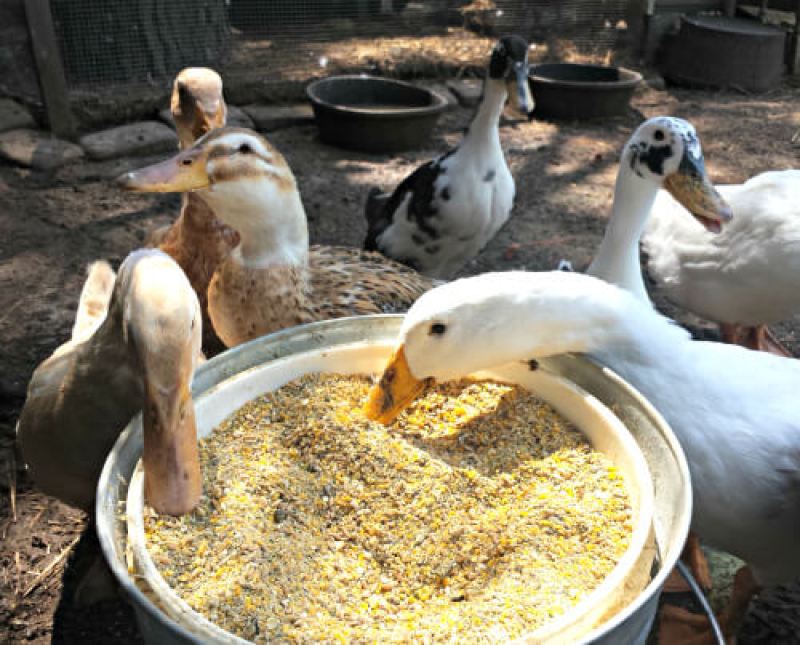
Learn how to hang a nestbox to attract birds to nest in your garden.
Follow Kids of the Wild
For up to date outdoor activity ideas don’t forget to follow us on Facebook, Instagram, Twitter, and sign up to the website to receive the latest posts to your inbox.
Buy duck food and accessories
Click on the images to purchase on Amazon.
Children’s i-Spy birds book
QuackSnacks 6 pack
Swan and Duck food
13kg bag floating swan and duck food
Bird identification guide
Like this:
Like Loading...
How to feed geese at home: recommendations for feeding, diet
Proper and balanced nutrition of geese brings a good income to the breeder. Birds give a lot of eggs, meat, soft fluff. They get sick less often, the survival rate of chicks increases. Feed costs are repaid by increasing the productivity of geese and reducing the cost of veterinarians. Many breeders are interested in how to ensure proper nutrition for free-range and caged birds, in winter and summer, which foods are better to add and which ones to limit or eliminate from the diet.
Many breeders are interested in how to ensure proper nutrition for free-range and caged birds, in winter and summer, which foods are better to add and which ones to limit or eliminate from the diet.
Content:
- Features of the diet of geese
- Composition of feed mixtures for geese and diet
- Specifics of feeding geese by seasons
- Prohibited products
- Farmers advice on feeding geese
Features of the diet of geese
Compound feed and greens form the basis of the nutrition of agricultural birds. The diet of geese should also include fresh vegetables: potatoes, beets, pumpkin, cabbage, silage and tops. In addition to herbal ingredients, whey, skim milk, fishmeal, yeast and salt are added to goose feed. It is not necessary to give all foods daily, but each of them must be regularly present in the diet.
Since it is difficult for geese to digest whole grains, dry crumbly compound feed is not recommended for them.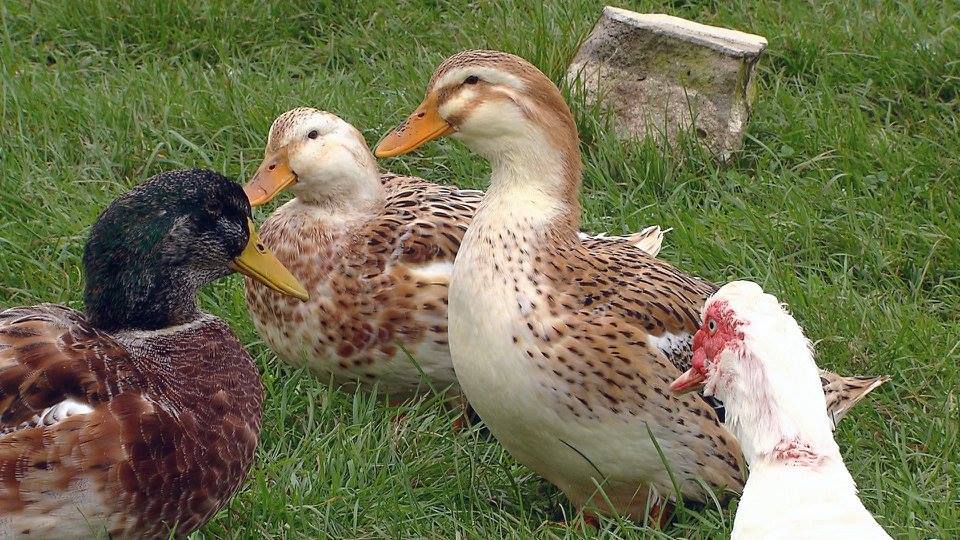 Small particles can be inhaled. Birds begin to choke and choke. It is better to give them granulated feed. Geese with appetite eat oilseeds and legumes meal and cake, and prefer clover from meadow grasses.
Small particles can be inhaled. Birds begin to choke and choke. It is better to give them granulated feed. Geese with appetite eat oilseeds and legumes meal and cake, and prefer clover from meadow grasses.
In order to prevent the predominance of fat mass over muscle, geese are fed only greens once a week. They tolerate the absence of grain without damage to health and growth, but they cannot do without grass or hay.
Composition of feed mixtures for geese and diet
The diet of birds is made taking into account the conditions of their keeping. There are 3 modes of feeding geese: dry, wet and combined. Regardless of the type, each of them provides for the use of:
- compound feed,
- greenery,
- roughage,
- vegetable crops.
Dry feeding, as less labor intensive, is more often used in large poultry farms. For small and medium-sized farms, wet or combined is preferable.
Dry mixes are the most economical and easy to use option.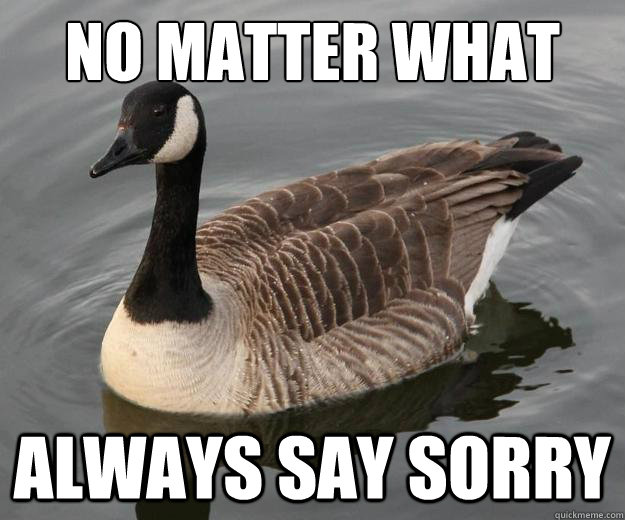 They are undemanding to storage conditions. They include wheat, millet, barley, corn, rye products. All components are carefully crushed and mixed in equal amounts, so it is enough to pour them into bird feeders. However, geese gain weight more slowly on dry food, so such mixtures are usually given during the non-productive period. Also, they can't be used all the time. With the constant use of only dry food, the risk of intestinal blockage is high.
They are undemanding to storage conditions. They include wheat, millet, barley, corn, rye products. All components are carefully crushed and mixed in equal amounts, so it is enough to pour them into bird feeders. However, geese gain weight more slowly on dry food, so such mixtures are usually given during the non-productive period. Also, they can't be used all the time. With the constant use of only dry food, the risk of intestinal blockage is high.
Wet mashes are given to birds three times a day. Such feed cannot be stored for a long time, so they are prepared directly on the day of consumption. Stale mixtures can cause indigestion. To prepare feed, crushed grain components are poured into wooden containers and poured with water at a ratio of 1.5 liters per 1 kg, and then yeast is added. The stirrer is infused for 6 hours. After that, chopped vegetables (beets, carrots, potatoes, cabbage) and fresh chopped greens are added to the feed. The preparation of such mixtures is a rather laborious process, therefore its organization at a medium and large poultry farm is not always advisable.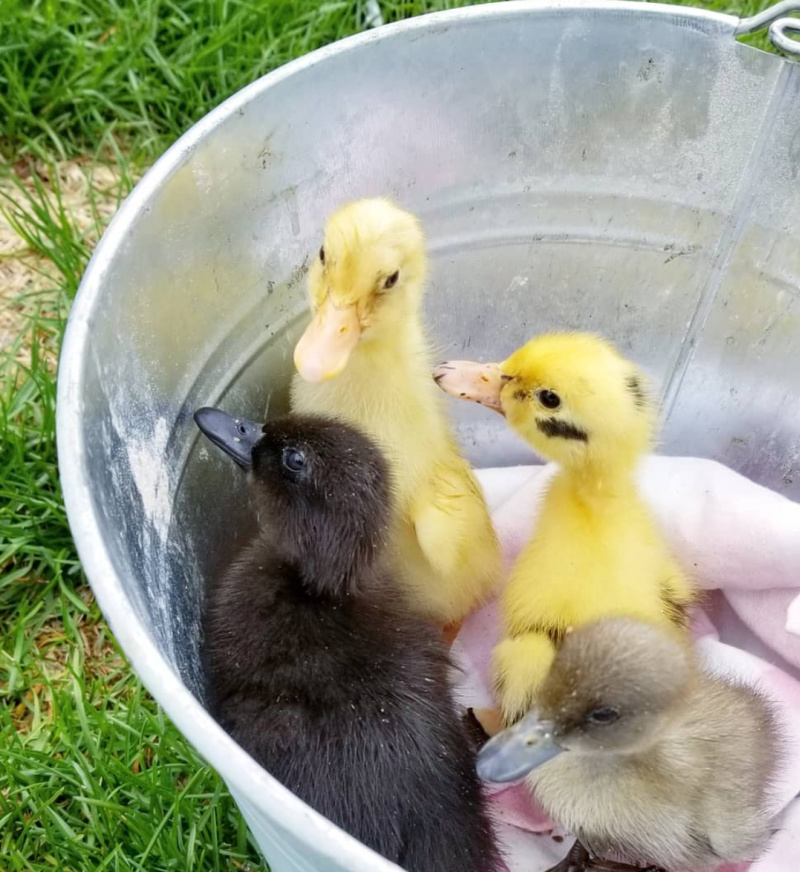
Ready mixed food combines the advantages of dry and wet food. It is easy to prepare and provides a high average daily weight gain. Roughage in combination with moist foods is much better digested, and the birds get more nutrients. A mixture of grains and vegetables is served along with a small amount of table salt.
In all feeding regimes, birds must be provided with clean drinking water. In addition, geese require mixtures of sand, gravel and small shells to cleanse their stomachs.
Feed for farm birds must fully meet their need for vitamins and minerals. There may be an insufficient amount of biologically active substances (BAS) in grain fodder and vegetables, especially in winter or early spring. In this case, premixes rich in vitamins A, D, E, B2, as well as pantothenic and nicotinic acids, which are necessary for the normal growth of birds, are introduced into goose feed. Due to the high concentration of biologically active substances, premixes should not be given as the main product.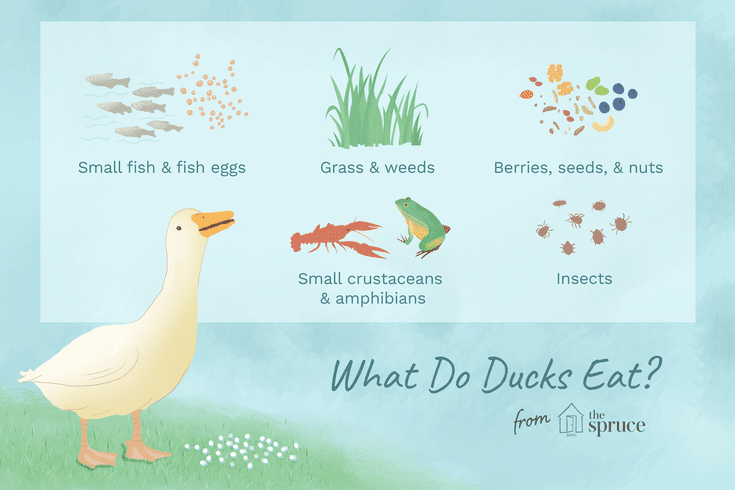 They are added to the feed mixture in the amount of 1-5%. An excess of vitamins and minerals is no less harmful than their lack.
They are added to the feed mixture in the amount of 1-5%. An excess of vitamins and minerals is no less harmful than their lack.
It is recommended to adhere to the following feeding schedule for geese:
- 7:00 - dry mixes containing germinated grains;
- 15:00 - vegetable crops with the addition of vitamin-mineral complexes and hay dust;
- 20:00 - a mixture of flour and grains.
Geese need special fattening before laying for at least 30 days. Their diet must include wheat and oats, legumes, vegetables, meal and oilseed cake, as well as bone or fish meal. Geese are fed 4 times a day, giving them dry and wet mixtures alternately. 1 week before laying eggs, vitamin complexes are added to the diet.
Feeding specifics of geese by seasons
In summer, the main part of the bird's diet is a variety of greens. Geese grazing on the range feed on:
- fresh nettles,
- dandelions,
- cereals,
- sorrel,
- legumes,
- plantain,
- yarrow,
- clover,
- alfalfa.

Swimming in reservoirs, they catch duckweed, cattail, reeds, chastukha. Grazing provides significant savings in feed, but they cannot be completely excluded, since greenery alone is not enough for birds to gain weight. Normally, geese eat about 2 kg of fresh grass per day, and they get the rest of the calories from grain fodder, vegetables, roughage (hay and branches).
For accelerated weight gain, it is preferable to give them a mixture of high grains twice a day: oats, barley, wheat, rye, corn. On average, in addition to greens, geese daily need:
- 700 g of cereals and legumes;
- 500 g potatoes;
- 250 g carrots and beets;
- 300 g hay dust or flour;
- 100 g silage;
- 25 g minerals (salt, shell).
In addition, it is useful for geese to give cottage cheese, eggs, chalk (10 g per bird). Solid legumes are introduced only in boiled form, so that they cannot be choked on. Cereals can be partially replaced with dried bread in an amount of up to 60 g, coniferous hay flour (up to 20 g).
Geese who are constantly in the house must be fed three times a day. In winter, the diet is based on cereals:
- barley,
- oats,
- ground corn,
- wheat bran,
- millet.
The lack of fresh herbs is compensated by silage, dried tops, hay dust and premixes. In a warm climate, short-term grazing on water bodies is possible, during which geese feed on the remains of duckweed and other algae. A significant place in their diet in the autumn-winter period is occupied by silage, which in its composition is closest to green fodder. It is also useful to add needles of pine or spruce. It compensates for the lack of vitamin C, stimulates the appetite and immunity of geese, helps to increase the number and improve the nutritional quality of eggs. It is important to consider that needles require preliminary preparation. It is first dried and then carefully ground. It is more profitable for owners of medium and large poultry farms to order ready-made vitamin complexes with a similar composition.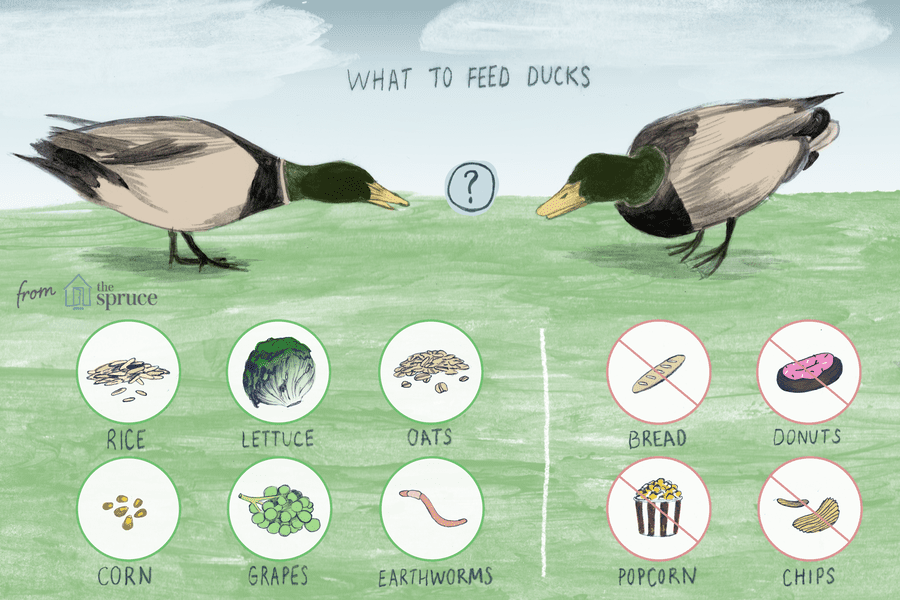
Sunflower meal and cake are often added to hay dust and flour. Geese eat oilseed products well and put on weight quickly. Dried gray bread is introduced as a delicacy to stimulate appetite, but it is not recommended to give it in large quantities.
Prohibited foods
Not all herbs are good for geese. The use of some of them can provoke indigestion, decrease in productivity, and in some cases lead to death in the poultry house. Especially dangerous herbs are:
- sedge,
- cuff,
- goose foot.
Geese usually avoid them. However, with insufficient nutrition and the absence of other vegetation on the pasture, they can begin to eat harmful grasses. Breeders need to check grazing areas and make sure the geese are getting enough calories while feeding in the poultry house. This question is especially relevant in early spring. On the first outings on the water, geese that did not receive fresh greens can eat harmful algae, silt, small fish and become infected with intestinal infections.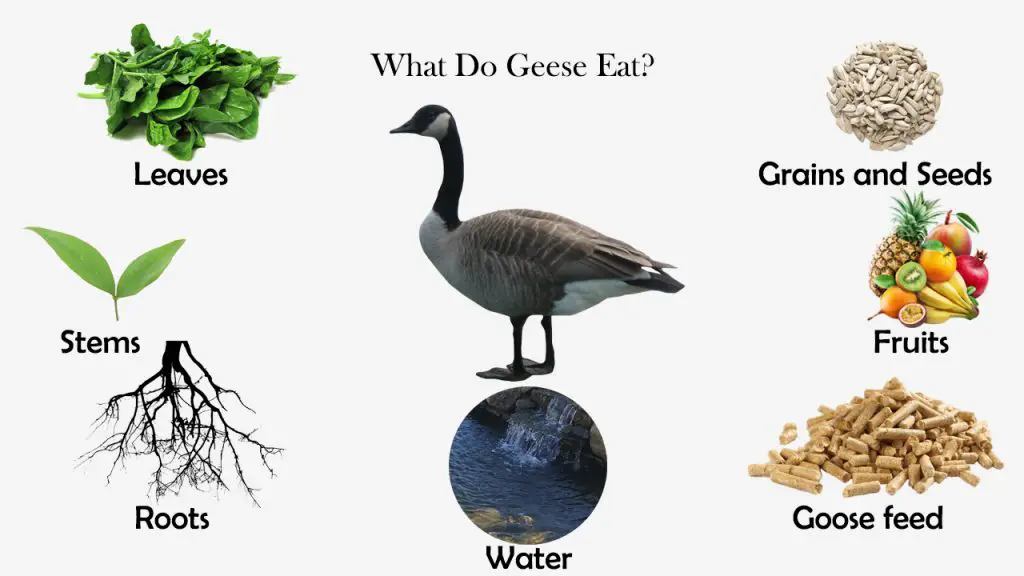 To avoid this, birds are fed and released at first for no more than 3-5 hours before walking.
To avoid this, birds are fed and released at first for no more than 3-5 hours before walking.
In addition to wild grasses, outbreaks can be caused by freshly harvested rye, cereals contaminated with mycotoxins, or sprouted potatoes with green areas containing solanine. All ingredients must be carefully checked before use. Rye should rest for at least 3 months, cereals damaged by mold and green potatoes are thrown away.
Farmer's recommendations for feeding geese
- The type of diet depends on the direction of the birds. To obtain meat, it is important to provide geese with high-calorie nutrition. If you plan to breed chicks, it is important to reconsider the feeding regimen for geese. Overweight females are less healthy and less likely to lay eggs. On the other hand, just before laying, geese require a hearty diet high in vitamins and minerals. To meet the needs of birds in calories and prevent obesity, their diet is enriched with fresh fish, skim milk and whey.
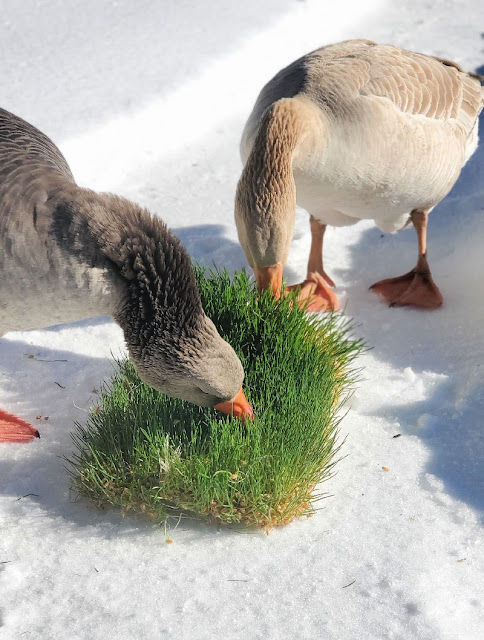
- The immune system of chicks begins to form already at an early age, but their stomachs are not yet able to digest all the components of the feed. Therefore, in the first 3-4 days they are given a yolk pre-cooked and mixed with boiled water, gradually adding chopped onion feathers to it.
- Starting from the 6-7th day, the ration of goslings is replenished with fresh alfalfa and nettle. From a week old, wheat or corn porridge and boiled potatoes are added to the feed. However, the number of new products should not exceed 15%. By 12 days, goslings are able to absorb well-chopped raw vegetables.
- Chicks at the age of 17-28 days are independent enough to pluck greens on the run. They are released to pasture along with adult birds, but in the morning and evening they are fed separately with crushed and steamed grain with the addition of fresh vegetables. The content of cereals in the diet during this period should not exceed 20%. It is useful for goslings to give carrots, beets, pumpkins, boiled potatoes so that they receive enough vitamins of groups A and B.
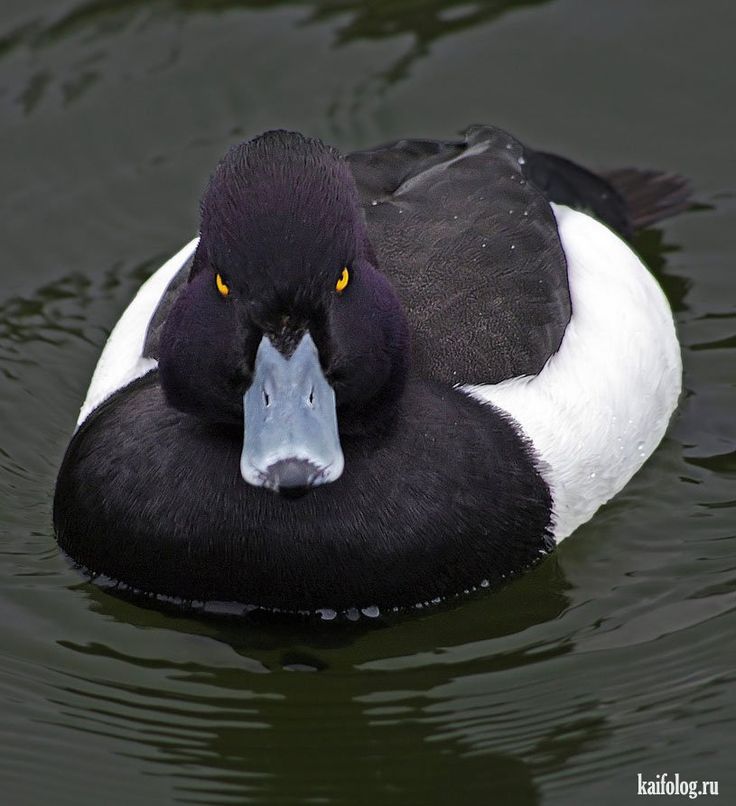
- After 4 weeks the chicks switch to an adult diet and start fattening them for meat. In order for geese to gain weight better, from this age they are given high-calorie compound feed with a high grain content. In the finished product, all the necessary components are balanced for rapid weight gain, strengthening of the skeleton and normal digestion.
- Approximately 30 months before slaughter, geese are transferred to enhanced fattening. The daily portion of cereals alone reaches 400 g. Birds must always have food and enough water. If you leave the feeders lit, the geese will eat even at night. During this time, they gain about 1.5 kg.
- With the intensive rearing method, the total fattening period is on average 2.5 months. Geese are not released to pasture to limit their movement. Birds are kept in special boxes with a hole for the head, and feeders are placed in front of them. To accelerate weight gain and increase slaughter weight, force-feeding is used.

Compiling a balanced diet for geese of different ages is a difficult task. Buying ready-made feed and premixes greatly simplifies it. In our company, you can order safe, high-quality mixtures for meat and egg-laying poultry.
Articles - Southern Crown
No page found with this URL
404
Please check the URL and try again.
You can return to the main page of the site.
Or look at the sitemap.
- Compound feed
- Compound feed for birds
- For broiler chickens
- For quail
- For laying hens
- For ducks
- for turkeys
- Compound feed for pigs
- For piglets
- For fattening pigs
- Compound feed for herbivores
- For rabbits
- For chinchillas
- Compound feed for cattle/MRS
- For calves/milk cows
- For goats/sheep
- Other feed
- Feed mix
- Raw material
- Compound feed for birds
- Premixes
- Premixes for birds
- For laying hens
- For breeding layers
- Premixes for pigs
- Premixes for herbivores
- Premixes for cattle
- Premixes for birds
- BVMK How to buy About the factory
- Point of sale Become a dealer
The benefits of our feeds
-
Precise balance of elements necessary for animal growth
-
Less feed consumption - ingredients are absorbed more intensively
-
Delicious food - stimulates the active appearance of appetite
-
Increased immunity - animal deaths are reduced to a minimum
-
Only natural, pure and healthy raw materials
-
Animal weight gain is on average 5-15% higher than normal
Authorization
E-mail:
Wrong e-mail
Mandatory
Password
Wrong password
Mandatory
Authorization
You have successfully authorized on the site
Registration on the site
Email E-mail (login)
Invalid E-mail
Field required
Password
Password too simple
Field required
Repeat the password
Passwords do not coincide
Filling the field must
FULL NAME
Filled the name
Filling the field necessarily
Phone
The phone
Filling the field is required 9000 9000 9000
By registering, I agree to the rules for the sale of goods and the user agreement
Security code
Password recovery
TODO: Feedback form
in footer.





